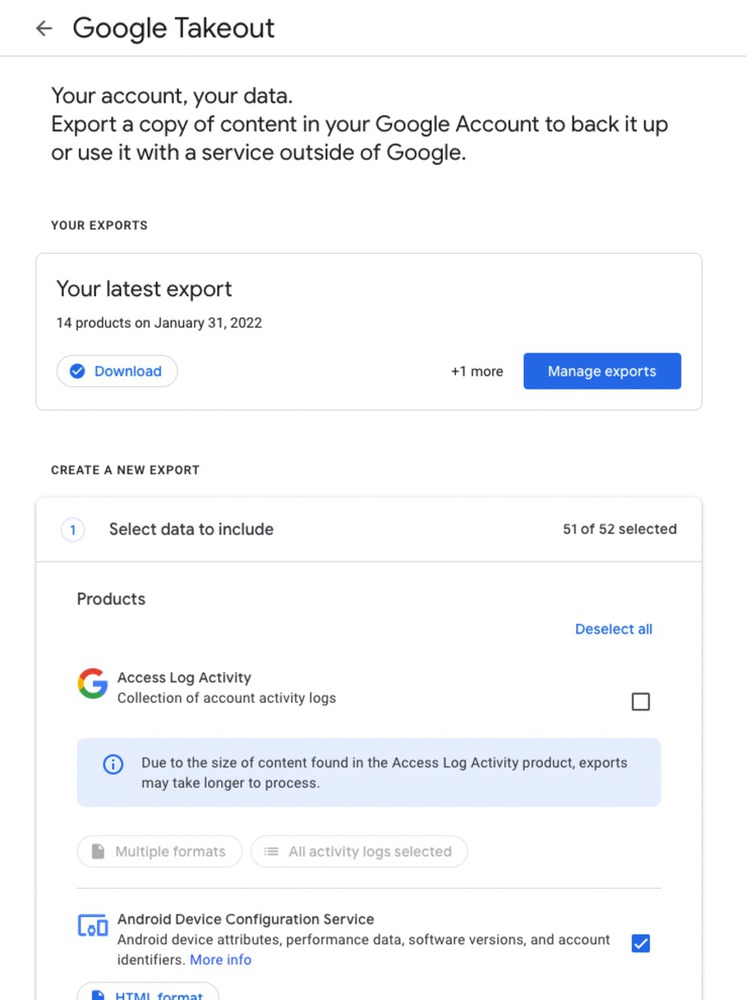Intention
In my beginning investigations for Data Decoder, I was looking at the various ways that identity is perceived on the internet. My initial think piece discussed identity through what it means to be anonymous in a public sphere like the internet, and how identity might be constructed (or reconstructed) through constantly changing means. Post review and class discussion I decided to take my investigation towards machine perception, or rather the ways in which our identity is being perceived on the internet by the companies & platforms for whom we create personal and identifiable data. My intention with Data Decoder is to help users retain some agency to the data they have created for these platforms by viewing with a tool that interprets the data and reveals it in an environment separate from the one in which it was created. The current artifact is a mockup of this data browser/interpretation tool, and the idea is that users would be able to view and interact with the data from these platforms in a more manageable way than what is given in response to a request for data from these platforms.
